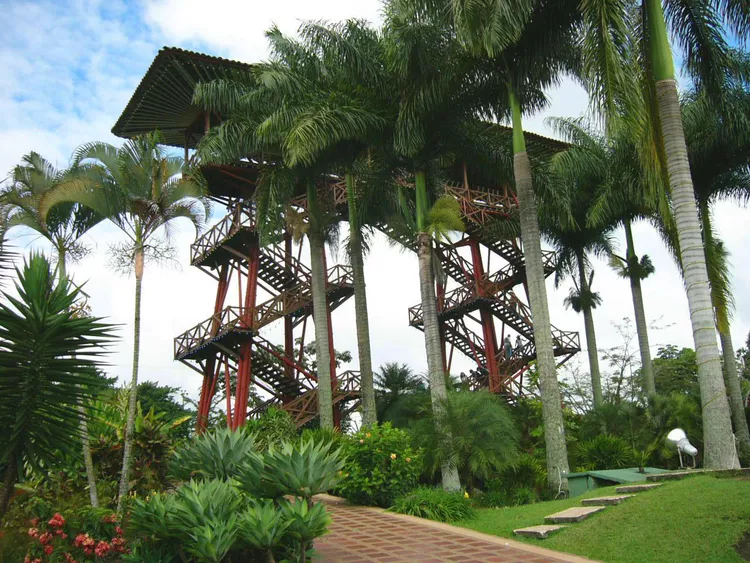Summary
The Coffee Triangle: An Overview
The Coffee Triangle, known locally as the ‘Eje Cafetero,’ is a region of Colombia, nestled at the western end of the Andes Mountains. This area has earned a reputation for producing some of the finest coffee in the world. Moreover, its steeply sloped valleys can be challenging to navigate, contributing to the region’s enchanting isolation and tranquil atmosphere.
The hot and humid climate is not only ideal for coffee cultivation but also enhances the natural beauty of the landscape, making it a popular destination for travelers seeking both adventure and relaxation. Consequently, tourism has flourished as more visitors uncover the breathtaking scenery and rich cultural heritage found throughout the region.
The Origins of Coffee Growing in the Region
Today, the Coffee Triangle encompasses three departments: Caldas, Quindio, and Risaralda. Coffee cultivation in Colombia originated in the eastern part of the country. However, it first took a foothold in the Caldas district during the mid-19th century and rapidly became an essential crop for local farmers due to its profitability.
The impressive success of coffee farms in Caldas soon influenced neighboring regions, leading to the establishment of coffee exports from Quindio and Risaralda by the early 20th century. Therefore, it is no surprise that the majority of Colombia’s coffee production is attributed to the Coffee Triangle.
Why This Region Excels for Coffee Cultivation
The Coffee Triangle benefits from a unique combination of factors that contribute to its unparalleled success in coffee production. Chiefly, the consistently warm temperatures paired with abundant rainfall create optimal growing conditions for coffee plants.
Furthermore, the region’s rich volcanic soil provides the perfect nutrients required for healthy coffee growth, establishing it as one of the best locations in Colombia for cultivating this beloved beverage.
Main Settlements of the Coffee Triangle
The capital cities of the three departments are Pereira, Armenia, and Manizales. The vibrant city of Medellin serves as the gateway to this remarkable region.
While the capitals are well-regarded for their economic significance, it is in the small towns and villages where visitors can truly immerse themselves in the local culture. Towns like Salento and Quinchia offer a glimpse into the heart of the Coffee Triangle, providing fascinating historical sites and authentic experiences that enrich any visit.
Tourism in the Coffee Triangle
The Coffee Triangle has long been a favorite destination for Colombians, thanks to its serene mountainous vistas and relative safety compared to other parts of the country. Moreover, the region is increasingly attracting international visitors, drawn by its picturesque towns such as Salento and Santuario.
Adventure enthusiasts will find ample opportunities for outdoor activities, including rafting and kayaking on the River Barragan and the Rio La Vieja, both of which have gained popularity among thrill-seekers. Additionally, hiking through the steep valleys promises stunning views, while the thermal spa at Santa Rosa de Cabal offers a serene retreat for those seeking relaxation.
A Visit to the Colombian National Coffee Park
For those interested in learning more about Colombian coffee and its significant role in shaping the region, the Colombian National Coffee Park serves as an ideal destination. Nestled between Montenegro and Armenia in the Quindio department, this park celebrates the country’s coffee heritage and provides insights into its production.
The park features a dedicated area for amusement rides, catering to younger visitors, alongside an extensive coffee museum that explores the history and cultural impact of coffee in Colombia. The layout is thoughtfully designed, with the museum and traditional coffee buildings located at one end and the theme park at the other, separated by a beautifully landscaped coffee garden and bamboo forest.




